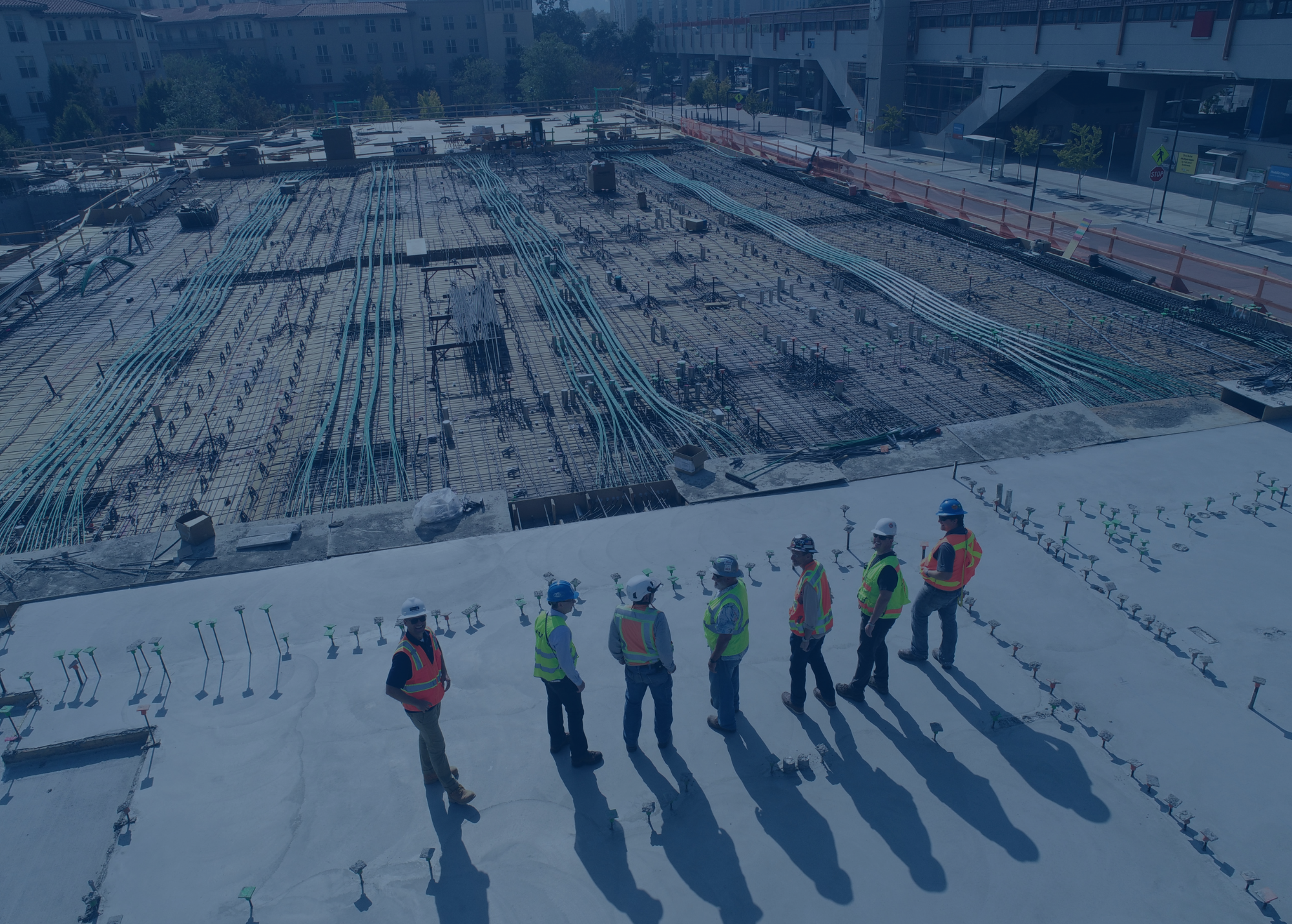
Signs of Stability: Housing, Construction, and Manufacturing Show Positive Trends
Weekly Economic Review: January 3, 2025
Pending home sales continued to expand, construction spending remained stable, and manufacturing activity improved amid rebounding production and expanding orders
Last week was again relatively slow for new economic data, mainly due to the New Year holiday and the normal cycle of data releases. That said, there were some significant announcements.
Pending home sales continued to expand in November for the fourth month in a row, reaching their highest level since early 2023. Apparently, homebuyers are no longer waiting for lower mortgage rates, but are taking advantage of the higher existing-home inventory.
Construction spending remained unchanged in November. Private construction spending edged up, while public construction spending declined. Rising mortgage rates may be dampening construction spending, along with the potential for higher material and labor costs due to reduced immigration and the imposition of tariffs on imported materials under the Trump administration.
Manufacturing activity improved for a second month in December, reaching its highest level since March. Demand improved, output stabilized, and input costs remained accommodative. New orders increased to their strongest reading since the beginning of last year. Production improved in December, marking the first month of production expansion since May. Inventory levels at manufacturers and their customers continued to decline, suggesting the likelihood of more orders in the coming months.
Let’s examine the pending home sales, construction spending and manufacturing activity data announced last week in more detail.
Pending Home Sales: The National Association of Realtors (NAR) announced the pending home sales index for November, a leading indicator for previously-owned home sales based on contract signings. Pending home sales increased by 2.2% in November after advancing by 2.0% in October, which was higher than expected. The November figure represents the fourth consecutive month of increases and the highest level since February 2023. With the exception of the Northeast, all major U.S. regions posted month-over-month gains in transactions. On an annual basis, pending home sales expand-ed by 6.9% after improving to 5.4% in October. All four U.S. regions experienced increased con-tract signings, led by the West.
Construction Spending: The U.S. Census Bureau announced construction spending for November. The seasonally adjusted annual rate of $2,152.6 billion for November was virtually unchanged from the revised October estimate of $2,152.3 billion. The November figure represents a 3.0% increase from a year ago. For the first 11 months of 2024, construction spending reached $1,986.8 billion, a 6.5% expansion compared to the same period in the prior year.
Spending on private construction increased by 0.1% to $1,650.7 billion from the revised October estimate of $1,649.8 billion. Residential construction spending improved slightly, to $906.2 billion in November, mainly driven by a 0.3% increase in new single-family homes, partially offset by a 1.3% decline in new multifamily housing. On an annual basis, new multifamily housing spending declined significantly, by 9.5% from a year ago. Nonresidential construction was virtually unchanged at $744.5 billion in November.
Public construction spending in November decreased by 0.1% to $501.9 billion from the revised October estimate of $502.5 billion. While educational construction spending declined by 0.2% in November, highway construction spending edged up slightly, by 0.2%.
ISM Report on Manufacturing:The Institute of Supply Management (ISM) announced the manufacturing sector’s activities for December. The ISM manufacturing index, which measures the health of the manufacturing sector from the perspective of purchasing managers, registered 49.3 in December, up 0.9 from 48.4 in November and 2.1 from 47.1 one year ago. A reading below 50 indicates contraction in the manufacturing sector, which accounts for roughly 10% of the economy. The December figure indicated contraction for the ninth consecutive month and for the 25th time in the last 26 months. However, it showed continued economic expansion for the 56th month after one month of contraction in April 2020, as the index exceeding 42.5 over a period generally indicates an expansion of the overall economy.
Most of the ten survey areas (such as new orders, production, inventories, and backlog of orders) showed improvement. Demand analysis includes the new orders index remaining in expansion territory, new export orders increasing, backlog of orders index slowing its rate of decline, and customers’ inventories index dropping into very low territory. Output (measured by the production and employment indices) was positive, with factory output stabilizing and employment contracting as final headcount adjustments were likely taken to prepare for 2025. Inputs (defined as supplier deliveries, inventories, prices, and imports) generally continued to accommodate future demand growth, with inventories and imports improving marginally, prices increasing, and supplier deliveries slowing marginally.
On a concluding note, the market continues to maintain its prior expectation of a 100% probability of a 0.25% rate cut and a 50/50 chance of another 0.25% rate cut for 2025. It anticipates a 0.25% cut by the June FOMC meeting. Compared to a week ago, the Treasury yield curve remained virtually unchanged, with the two, five, and ten-year Treasury yields ending at 4.28%, 4.41%, and 4.60%, respectively.
The market will pay close attention to market-moving employment data on January 10 (Friday). The December jobs report is expected to show growth of 153,000 jobs, with the unemployment rate at 4.2%. Unlike the October and November jobs numbers, which were tainted by hurricanes and labor strikes, the December new jobs number should clearly show the underlying trend in the labor market. The market expects the labor market to remain stable, with a gradual slowdown in hiring.
Mark Yoon, CFA CPA
EVP & CFO of Commercial Bank of California
Thomas McCullough
EVP of Commercial Bank of California
_______________________________________________________________________
All content available on this material is general in nature, not directed or tailored to any particular person, and is for informational purposes only. Any of its content is not offered as investment advice and should not be deemed as investment advice or a recommendation to purchase or sell any specific security. The information contained herein reflects the opinions and projections of Commercial Bank of California (CBC) as of the date hereof, which are subject to change without notice at any time. CBC does not represent that any opinion or projection will be realized. The information contained herein has been obtained from sources considered reliable, but neither CBC nor any of its advisors, officers, directors, or affiliates represents that the information presented on this material is accurate, current, or complete, and such information is subject to change without notice.


